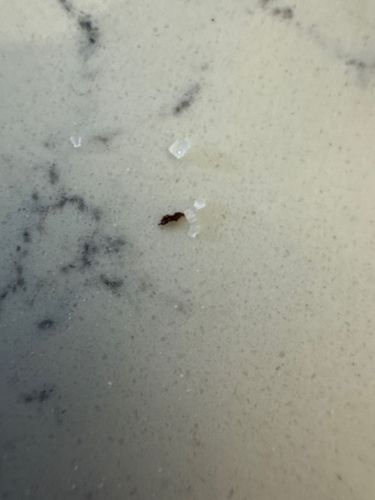Ant
Scientific Name: Formicidae
Order & Family: Hymenoptera, Formicidae
Size: 1 mm to 30 mm (0.04 to 1.2 inches), depending on the species.

Natural Habitat
Ants are found in most terrestrial ecosystems worldwide, from forests and deserts to urban environments. They typically build nests underground, in wood, under rocks, or within structures.
Diet & Feeding
Ants have a diverse diet, which varies significantly by species. Many are omnivorous scavengers, feeding on dead insects, seeds, nectar, fungi, and honeydew produced by aphids. Some are predatory, while others cultivate fungi.
Behavior Patterns
Ants are social insects that live in structured colonies with a queen, workers, and sometimes soldiers. They exhibit complex social behaviors including division of labor, communication through chemical signals (pheromones), and sophisticated nest building. They forage for food, defend their nest, and raise their young. The specimen appears to be isolated, possibly a foraging worker.
Risks & Benefits
Risks: Some ant species can bite or sting, causing pain or allergic reactions (e.g., fire ants). They can be considered pests when they invade homes, contaminate food, or damage property (e.g., carpenter ants). Benefits: Ants play crucial roles in ecosystems, including soil aeration, seed dispersal, nutrient cycling, and pest control (preying on other insects). They are also a food source for other animals.
Identified on: 9/19/2025